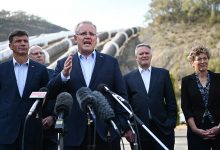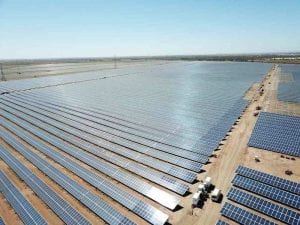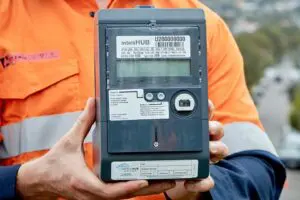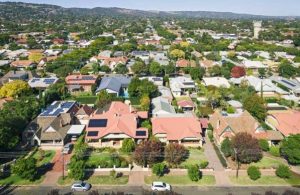The AEMC has now delivered its final determination on rules to allow distributors to charge for solar exports to distribution grids.
As best we understand it at this stage, there are three main things:
- Distributors can’t offer zero (static) export limits, unless there are “network export constraints” (according to the distributor).
- For the next 10 years, distributors can’t charge for exports up to a basic service level, which can vary around the grid and by tariff class (and can be zero if there are network export constraints).
- Existing solar homes will be insulated from export charges for just under four years.
As I have previously related, my distributor said I had a static export limit of zero on the basis of such “network export constraints.” So, really, does the prohibition on zero export constraints mean anything?
Essentially, therefore, the AEMC has stuck with the draft decision along with a few transition fiddles, and it has added a good dollop of paper-chasing to be done by the AER, in the name of “consumer protection.” It is no surprise, therefore, that the network association and ACOSS welcomed the decision.
But consider this: During the time that this rule change process has played out, TransGrid has worked out that the Humelink transmission line needed for the “two-way flows” (let’s use the jargon du jour) for Snowy 2.0 will cost about three times as much as the number they first thought – it’s now at more than $3 billion – or about $1000 per household in NSW.
Set that against what the AEMC says about the cost of rooftop solar exports into distribution networks: “Recognising export services as part of distribution services does not necessarily mean that DNSPs will require significant expenditure to expand the network.” Yes, of course. How could say they otherwise? Ausnet Services puts it at 72 cents per household per year.
So Snowy Hydro imposes a massive additional cost on New South Wales electricity customers (who knows what costs it will be imposing on Victorian electricity customers) and the AEMC, the rule change proponents, the Energy Network Association, the Energy Users Association of Australia and Energy Consumers Australia have not a single word to say on this.
But little solar panels on households’ roofs, the vast bulk of whose production surpluses are consumed locally, which do not “require significant expenditure to expand the network” and which bring prices down for all of us, is the big problem that demands such fundamental “reform”.
Does this make sense to you? I am still struggling.
Professor Bruce Mountain is director of the Victoria Energy Policy Centre










